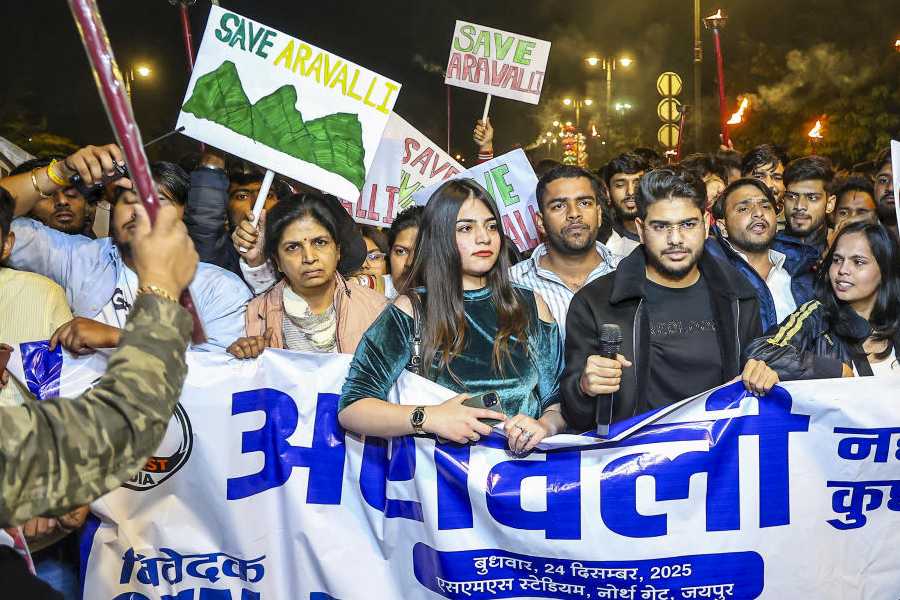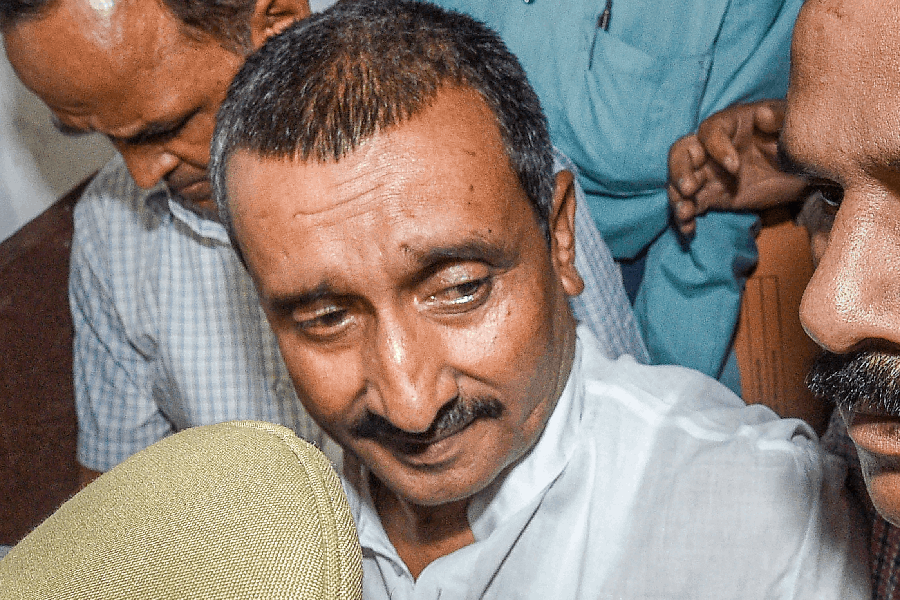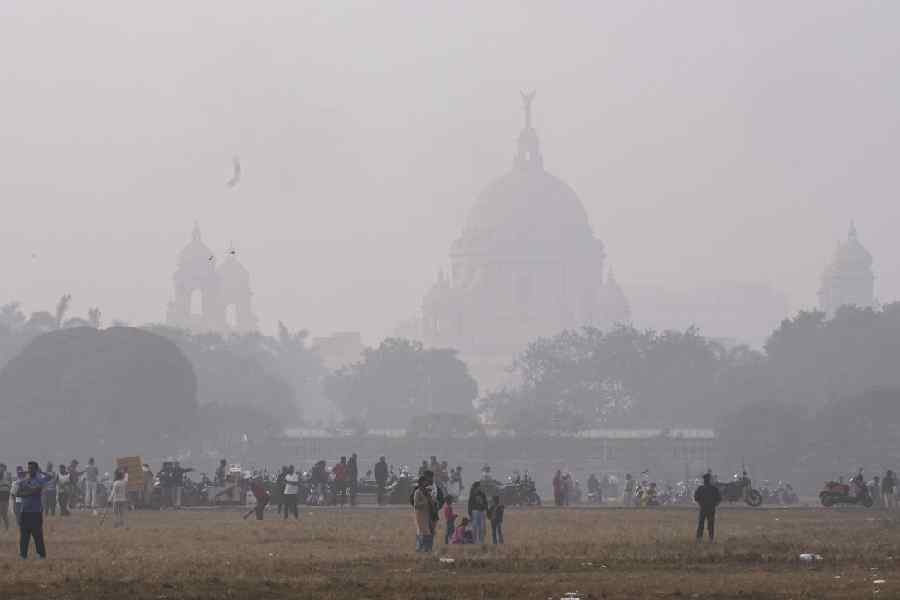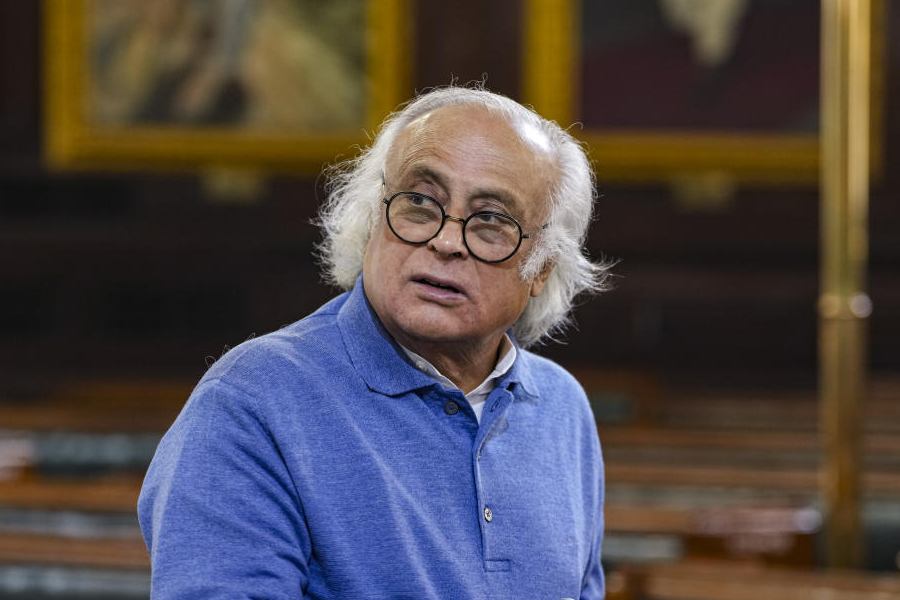While the Central government is busy totting up the achievements - real and imagined - of ancient India in the spheres of science and literature, the modern educational scenario remains dismal. The Annual Status of Education Report published by the NGO, Pratham, shows that there has hardly been any improvement in the reading and number-crunching abilities of rural children in the past one year. Only 48.1 per cent of Class V students can read a Class II text - the corresponding figure for 2013 was 47 per cent. In mathematics too, the percentage of Class V students who can do basic division has just about increased, from 25.6 per cent in 2013 to 26.1 in 2014. If the figures relating to learning skills are so poor, it can be guessed that those concerning writing aptitude - which is arguably more difficult to gain - would be even more demoralizing.
Yet, the percentage of school enrolment in the last six years in the 6-14 age group has remained admirable, at 96 per cent or above. This means that the Right to Education Act is breathtakingly close to realizing its aim of ensuring compulsory education for children aged between 6 and 14 years. Under the surface of that 'success' would be the aforementioned percentages, suggesting that an average student sitting for his board examination at the end of Class X would probably just be able to sign his name. Pratham's findings come at a time when the government is planning to start discussions on its new education policy. Hopefully, the forthcoming debates would keep the figures in mind, to focus more on the quality of education being imparted than on the number of students attending school, to which they might be getting lured by nothing better than a mid-day meal. The first step in improving learning levels would obviously involve getting more professionally trained teachers. Once this is done, the related cures - such as making the lessons more interactive or lowering the teacher-student ratio - should fall in place. And if good teachers prove to be elusive, the government can mull the option of having more 'cloud schools', which are thriving in the villages of an otherwise educationally laggard state like West Bengal. Dispensing with teachers, the propagators of the cloud schools believe that students with access to the internet can learn everything by themselves.










